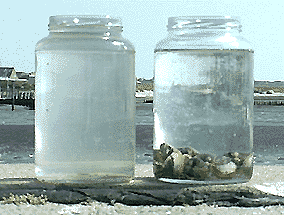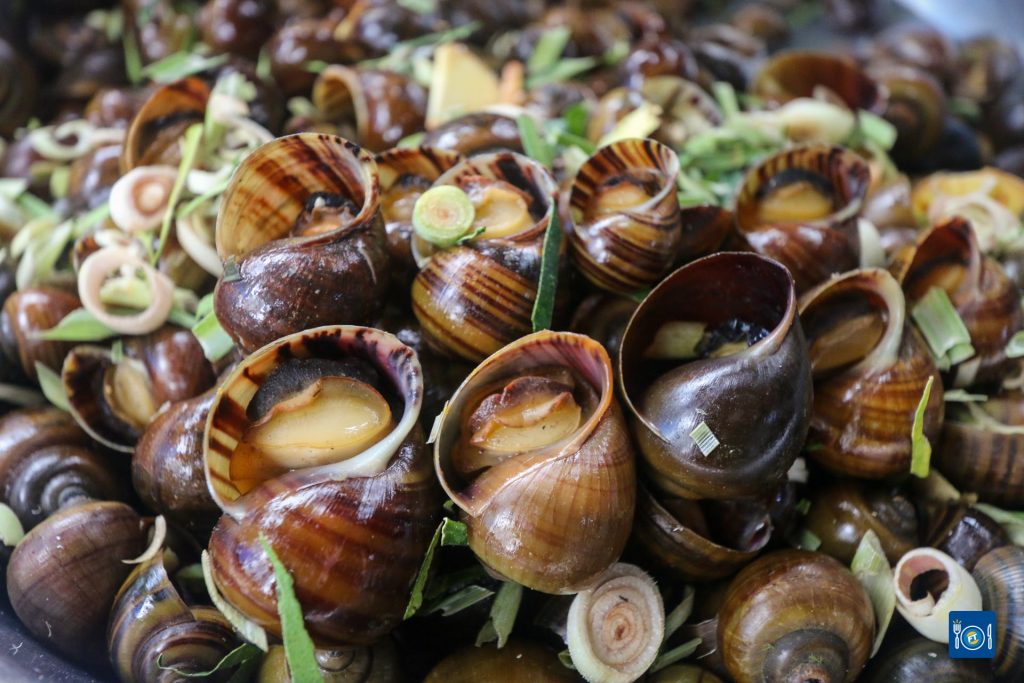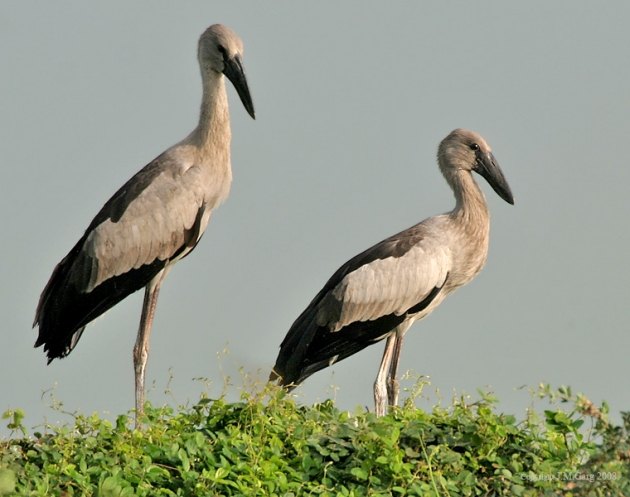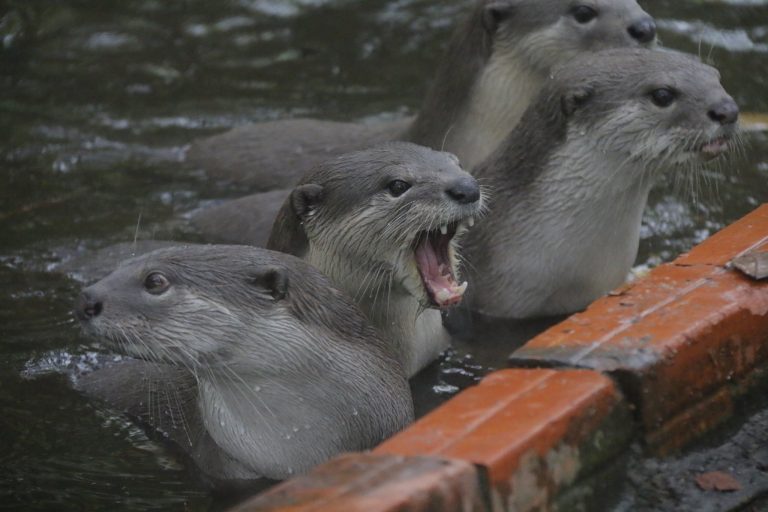freshwater Mollusks
Written By: Chea Sreypov, YEA: Mekong Generation 2
Publication Date: 01 March 2021
Translated and Authorized By: Young Eco Ambassador
Every time we drive across the hot and coarse road, we always see mollusk around. Not only that, I can even bet that we sometimes have them as an appetizer too. Mollusk or Mollusk a may sound odd to you, but it is nothing that we have not known before. Mollusk is a large phylum (Mollusk a) of invertebrate animals (such as snails, clams, or squids) with a soft unsegmented body usually enclosed in a calcareous shell broadly: shellfish. If you are a fan of seasoned clams or mollusk, better read this article to better understand your favorite food.
Did you know that snails also have teeth?
Most mollusk has very soft skin and symmetrical body on both sides (left and right). Their bodies are encased by an incredible hard shell made of Calcium Carbonate, which serves as their protection from intense sunlight while also simultaneously hydrate them and fend them off from other enemies. Did you know that their tongues are equipped with tiny teeth which could easily gnaw on food?


Talking about their age, mollusk can far outlive us human beings because they could live up to 500 years while growing up to 743.5 Kg.
If you want me, come and find me!
It is super easy to find them because there are around 80,00 to 100,000 species of mollusk in the world with a slight variation in physical appearance. Cambodia alone is also amazing in providing habitat to this animal due to our highly favorable climate (Tropical monsoon weather – hot and wet). According to a report from the Wonders of Mekong project, there are 160 species of mollusk living along the Mekong River and Tonle Sap Lake. They are hiding in most freshwater sources, including rivers, tributaries, lakes, streams, and ponds.

The mystery has revealed, mollusk cannot live without fish
Have you ever wondered how clams reproduces? I give you 2 minutes to come up with an answer.
“Hmm,” *Readers sighed*
“It is my turn”
For mollusk with case like clams, they push out their babies into the water. The babies will then latch itself onto any nearby fish’s fin, and will leave once they are grown enough. There are many of them in the rainy season because it is easier to reproduce with lower temperature.
I am also a main character, why don’t you look up to me?
Even though smaller in size, they are also tasked with such responsibility for the Environment.
– Cleaning and filtering dust just like in the given picture (with mollusk and without mollusk)

– Support plants to do photosynthesis and to oxygenate to have better longevity for reproduction (for fish and mammals)
– Neurotoxicological measuring and testing in the environment as well the growth of the toxicity too
– A source of food for Cambodian people
– A source of national income


– Provide habitat, protection and food for other animals such as Asian Openbill (Anastomus oscitans), Milky stork (Mycteria cinerea), Javan Pond-Heron (Ardeola speciosa), Smooth-coated Otter (Lutrogale perspicillata), Clown featherback (Chitala ornata), A Species of ray-finned fishes (Cyclocheilichthys enoplos)






How cool are they? We may not think they provide such benefits.
After researching this topic, I realized that mollusk might be small in size but provide numerous advantages. I also feel bad that I have deliciously devoured the Nature’s engineers without knowing of its important role to the Ecology system at all. It was just like I am killing the Ecology indirectly. Over the years, my actions may have indirectly contributed to water pollution and water plants as well as threating mollusk diversity too. It is such a major mistake *another sigh*
What have you decided after reading this article? Would you join in conserving the mollusks for better environment or still continue to devour them?
“Freshwater Mollusks” is one of the three blog articles written by Chea Sreypov, YEA: Mekong Generation 2.
*Youth Program: Mekong Generation2 has been trained by Wapatoa and YEA team.



